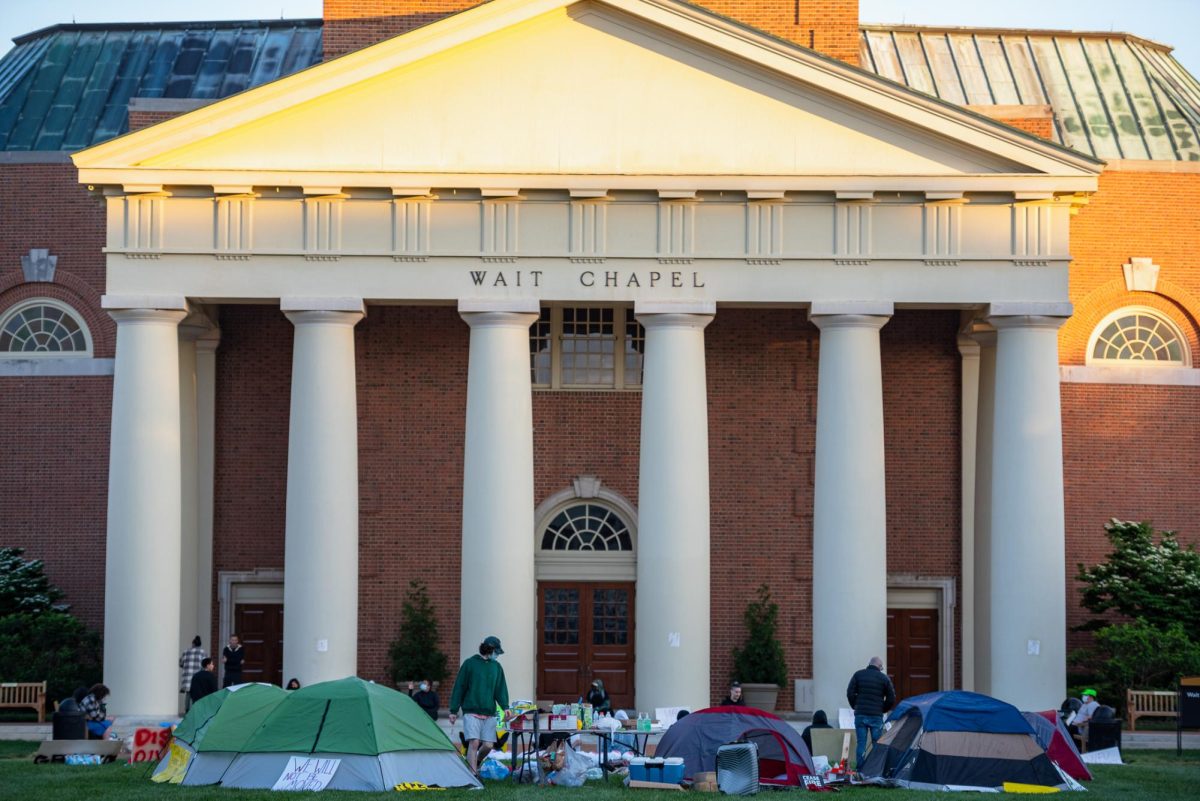The role of visual imagery in promulgating social conceptions of race has for centuries encoded racialized connotations in depictions of the body. The construction of whiteness and blackness in the U.S. was largely abetted by the differential portrayals of black and white bodies by white people through print media, art, science and minstrelsy. Outrageously pseudoscientific illustrations of white and black bodies, such as that published in Nott and Gliddon’s Types of Mankind, reflect the role of scientific racism in perpetuating white superiority and biological determinism, whereas illustrated cartoons and blackface performances pervert black bodies and engendered stereotypes.
Louis Agassiz, 19th-century naturalist and zoologist, wrote extensively on polygenism, a biased conceptualization of racial difference, which reified white supremacy. To advance his pseudoscientific practice Agassiz, then a Harvard biologist, produced a series of photographs to provide “evidence of the otherness of the black body.” The photographs depict two subjects whom Acassiz encountered while touring a plantation in Columbia, S.C., Renty and his daughter Delia, both enslaved Africans, were forcibly stripped and posed for the photographs. Harvard presently holds the rights to the images, and a book published by the Harvard University Press, From Site to Sight: Anthropology, Photography, and the Power of Imagery, displays Renty’s photograph on the cover.
On March 20, a descendent of Renty and Delia, Tamara Lanier, filed a lawsuit against Harvard accusing the university of “wrongful seizure, possession and expropriation” of her relatives’ photographs. The lawsuit contends that Renty and Delia were photographed “without consent, dignity or compensation,” and that resultantly the university cannot rightly own the photographs. The imagery produced to corroborate racist conceptions of blackness bares a legacy of propagandized white anxiety and pseudoscientific falsity. Nonetheless, Lanier’s lawsuit poses a question of ownership and property in a contemporary context. The lawsuit contends that the university’s ownership of the non-consensually obtained images reflects its role in “perpetuating the systematic subversion of black property rights that began during slavery and continued for a century thereafter.”
Harvard has recently grappled with its deep historical associations with slavery, as has Wake Forest. Notably, Harvard Law School was established with funds bequeathed by Isaac Royall Jr., a Massachusetts slave owner. Slaves tended to numerous Harvard presidents, and many of the university’s students were the sons of prominent plantation slave-owners throughout its first 150 years.
Given that Harvard benefited explicitly from the institution of slavery, and that the images it commissioned of Renty and Delia were invasive, degrading, objectifying and overtly racist, it would seem that returning the images to the subjects’ family is necessary if the university is to fully reconcile with its historical associations to slavery. The monetization of the illegally obtained image, which more rightfully belongs to Renty and Delia’s family, indicates that Harvard continues to directly benefit from the institution of slavery.
Just as the display of illegally confiscated cultural materials in European and American museums perpetuates colonial narratives and prevents pertinent communities from engaging with important cultural heritage, Harvard’s refusal to return the images similarly reflects its advantaged hegemonic position and infringes on Lanier’s capacity to shape and protect how her relatives are portrayed. The decision to monetize and distribute degrading and illegally procured images of “Papa Renty” and Delia should be left to their relatives rather than the institution whose historical associations with scientific racism saw to their creation.
In addition to any rights to the images, as well as reparations for damages, Lanier requests that the university recognize its role in objectifying Renty and Delia, and that it acknowledge its complicity in “perpetuating and justifying the institution of slavery.”
The role of photography in shaping historical conceptions of race in America is well documented. As the nation continues to grapple with the vestiges of racism in its universities and elsewhere, acknowledging the historical value of such imagery must be achieved in conjuncture with a proper handling of the familial rights to ownership, distribution and monetization. Engaging in such a repossession of cultural history and familial legacy must be undertaken if a full acknowledgment of historical connections to slavery can truly be achieved.













